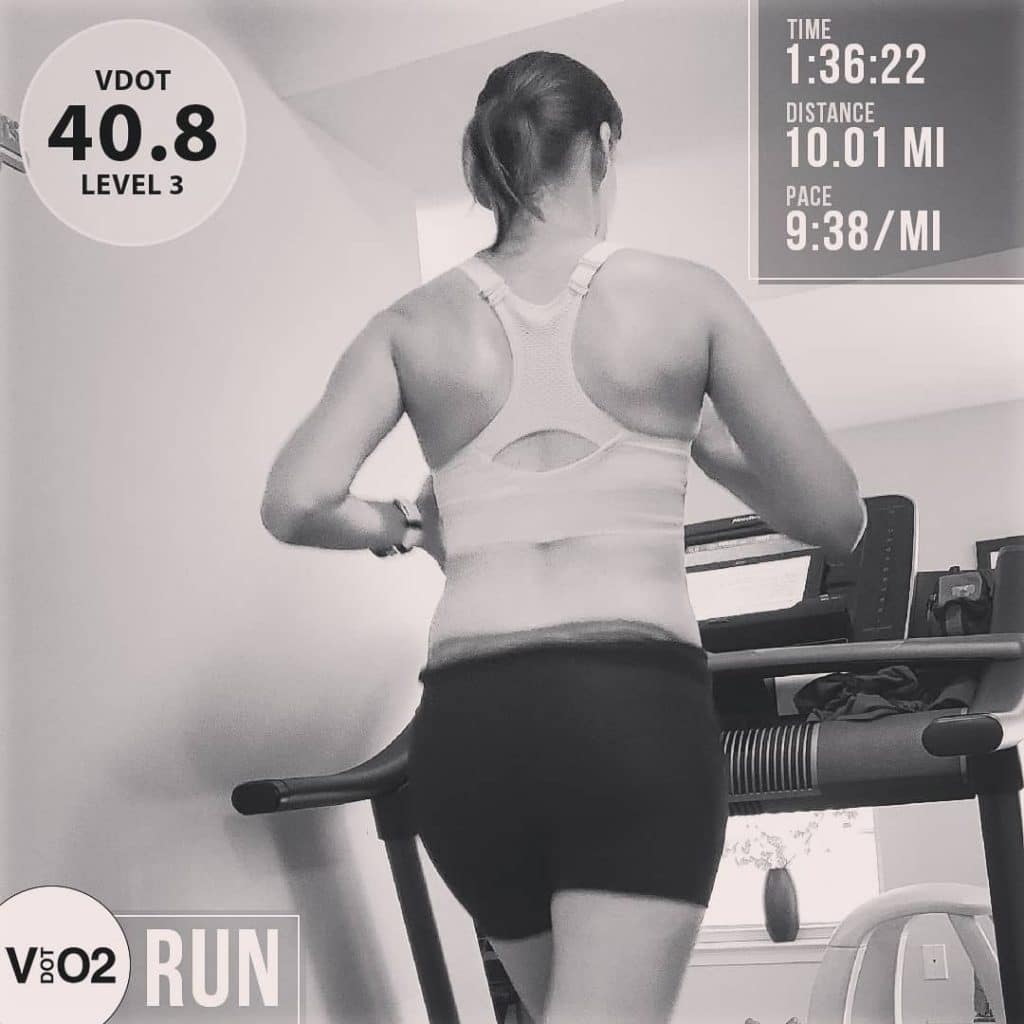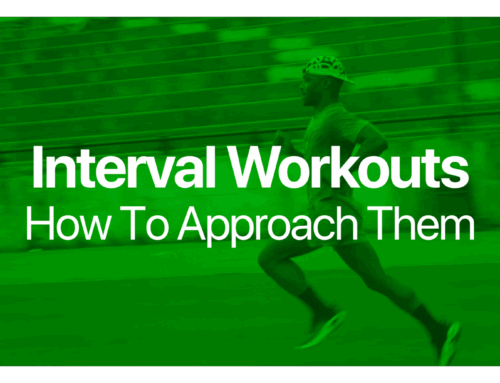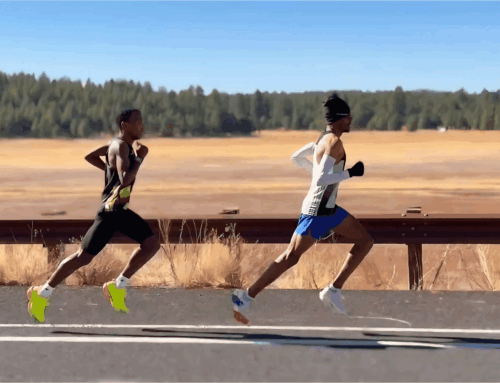[Editor’s note: Many runners training for the Boston Marathon are faced with challenging conditions in the winter so they either embrace the treadmill or only use it when they really have to. Another challenge for some Boston qualifiers is the ability to mimic the course terrain in training or find sustained ascents/descents. Sometimes the treadmill can be useful in that regard as well but what if you have trouble with downhill training muscularly? Also, are treadmills that offer up to -3% grade a good option and worth mixing in long runs to help prepare for Boston?]
How to prepare muscularly for downhill running?
When I ran my own lab we put a railroad tie under the back legs of our treadmill to make it steeper. Regardless of the actual grade, it’s important to make sure you are taking 180 steps per minute (whether up, down or flat running). Try to imagine rolling over the ground, rather than bounding over the ground. Also, keep in mind landing heel first (or at least midfoot) is better than landing forefoot. Our research on this issue shows that rearfoot running costs less energy than does forefoot running, and it strengthens the quads better, which is needed for downhill running.
Is -3% decline on a treadmill adequate for Boston training?
If training for Boston try finding a steeper hill somewhere in town, not really steep, but more than 3%. With such a hill, even if not that long, you could alternately do uphill and downhill runs, with the uphill runs improving running economy and the downhill runs helping to prepare for Boston.
Think of such a workout as being a fartlek-type session and even though the downhill runs may not last more than a couple minutes each, they will do a good job of preparing the quads for prolonged downhill runs. Mix some days of alternate uphill and downhill running and some days on your treadmill at -3% for a longer sustained period of time. When trying a steady downhill run, (20-30 minutes steady would be adequate), slowly build up to that over several weeks.
Are treadmill paces accurate?
Unfortunately, treadmills are seldom really accurate, and what is needed is to calibrate each treadmill that is used (measure the treadmill belt length to the nearest centimeter and put a piece of white tape on the TM belt). Then, set the speed at a common one and time how many seconds (to the tenth of a second if possible) it takes for 10 revolutions. By calculating how many meters and seconds were covered in those 10 revs, you can calculate speed in meters per minute and miles per hour. With some more math you can calculate how many seconds would be needed for 10 revs at any variety of speeds.
Run by heart rate when running downhill on the treadmill?
Going by heart rate can often be misleading, especially on a treadmill. As time goes by heart rate will often increase, even at the same workload, because on a treadmill (unless you have a fan blowing at you) you heat up more due to lack of wind resistance. If running on a flat TM you must consider that about 2-3% grade is needed to make it equal to outside running on the flat, where you still have to deal with air resistance. My research says that it costs about 7% more energy to run flat outside (with no wind blowing) than it costs at the same speed on a TM.
Overall, what strategies do you suggest to produce terrain adaptation for Boston?
Try getting in several hill running sessions (4 or 5 miles total for each session should be enough). Do your long runs on undulating terrain, but if you want to do a long run on the treadmill, stay at 2 or 3% throughout. I coached Kenny Martin some years ago and he ran a weekly 20-mile run on his TM at 2% grade (for 12 weeks) and placed 2nd in the NYC Marathon. (This was probably mostly a mental factor – 2 hours a week on a treadmill will make 26 miles seem like a jog in the park.)
Customize your next training plan, designed by Dr. Jack Daniels on the V.O2 app. Learn more.






Leave A Comment